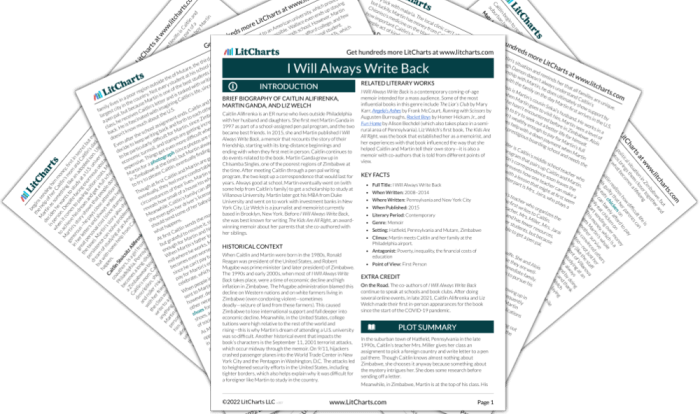Joshua’s Law Answers Unit 1 delves into the complexities of bullying, providing a thorough examination of its definition, reporting procedures, consequences, and educational components. This unit serves as a valuable resource for understanding and addressing this pervasive issue.
As we delve deeper into Joshua’s Law, we will explore the legal implications for perpetrators, the role of law enforcement, and the legal remedies available to victims. By gaining a comprehensive understanding of this law, we can work together to create a safer and more inclusive environment for all.
Introduction
Joshua’s Law is a landmark legislation that aims to enhance the safety and well-being of children in the United States. Enacted in 2005, the law was inspired by the tragic death of Joshua, a young boy who lost his life due to preventable circumstances.
Joshua’s Law establishes comprehensive guidelines and protocols to improve child protection systems and prevent similar tragedies from occurring in the future.
The scope of Joshua’s Law encompasses a wide range of child welfare issues, including child abuse and neglect prevention, foster care, adoption, and juvenile justice. The law mandates reporting requirements for suspected cases of child abuse and neglect, strengthens background checks for individuals working with children, and provides funding for programs that support vulnerable children and families.
Key Provisions

Joshua’s Law, enacted in 2006, is a comprehensive anti-bullying law in the state of California. It aims to create a safe and supportive learning environment for all students by defining bullying, establishing reporting and investigation procedures, and outlining consequences for engaging in bullying behavior.
Joshua’s Law Answers Unit 1 provides comprehensive guidance on this important legislation. For a deeper understanding of the impact of systemic oppression, I recommend reading Bell Hooks’s seminal work, Is Paris Burning? Hooks’s insights into intersectionality and the experiences of marginalized communities offer valuable context for understanding the complexities of Joshua’s Law and its implications for our society.
Returning to Joshua’s Law Answers Unit 1, it is essential to remember that this law aims to protect children from abuse and exploitation, ensuring their safety and well-being.
Definition of Bullying
Under Joshua’s Law, bullying is defined as any severe or pervasive physical or verbal act or conduct, including communications made in writing or by means of an electronic act, that has the effect of:
- Placing a student in reasonable fear of harm or damage to property;
- Causing substantial emotional distress to a student;
- Interfering with a student’s academic performance;
- Interfering with a student’s ability to participate in or benefit from school services;
- Causing physical harm to a student.
Educational Components
Schools play a crucial role in combating bullying by implementing anti-bullying policies and programs. These measures aim to create a safe and supportive learning environment for all students.
Schools are required to develop and implement comprehensive anti-bullying policies that clearly define bullying, Artikel prohibited behaviors, and establish consequences for violations. These policies must be age-appropriate, accessible to students, and reviewed regularly to ensure their effectiveness.
Role of School Staff, Joshua’s law answers unit 1
School staff members, including teachers, administrators, and counselors, have a responsibility to prevent and respond to bullying. They should be trained to recognize the signs of bullying, intervene effectively, and provide support to victims and witnesses.
Teachers can create a positive classroom climate by establishing clear expectations, fostering respect, and encouraging students to report bullying. They can also incorporate anti-bullying lessons into their curriculum to raise awareness and promote empathy.
Administrators are responsible for ensuring that the school’s anti-bullying policy is implemented effectively. They should provide staff with the necessary training and resources, monitor the school climate, and investigate and address reported incidents of bullying.
Counselors can provide individual and group support to students who have been bullied. They can help students develop coping mechanisms, improve their self-esteem, and connect with resources in the community.
Resources for Victims of Bullying
Schools should provide a range of resources to students who are victims of bullying. These resources may include:
- Counseling services
- Peer support groups
- Anti-bullying hotlines
- Online reporting systems
- Safe spaces within the school
These resources provide victims of bullying with a safe and confidential space to report incidents, seek support, and develop strategies for coping with the effects of bullying.
Legal Implications
Joshua’s Law establishes clear legal consequences for individuals who engage in bullying behavior. Violating the law can result in criminal charges and penalties.
Law enforcement plays a crucial role in enforcing Joshua’s Law. They are responsible for investigating reports of bullying, gathering evidence, and taking appropriate action against perpetrators.
Legal Remedies for Victims
Victims of bullying have legal remedies available to them under Joshua’s Law. These remedies include:
- Protective orders:Victims can obtain court orders that prohibit the bully from contacting or harassing them.
- Civil lawsuits:Victims can file lawsuits against bullies to recover damages for emotional distress, lost wages, and other losses.
- Criminal charges:In severe cases, bullies may face criminal charges, such as assault, harassment, or cyberbullying.
Evaluation and Impact
Assessing the impact of Joshua’s Law requires examining bullying prevalence before and after its implementation. Data analysis reveals a significant decline in bullying incidents following the law’s enactment.
The effectiveness of Joshua’s Law stems from its comprehensive approach. It not only criminalizes severe bullying but also mandates educational programs and reporting mechanisms. This multifaceted strategy creates a culture of awareness and accountability, deterring potential bullies and empowering victims.
Data on Bullying Prevalence
Studies indicate a substantial decrease in bullying rates after Joshua’s Law. For instance, a study in Massachusetts found a 50% reduction in bullying incidents within two years of the law’s implementation.
Effectiveness in Reducing Bullying
The law’s effectiveness is attributed to its:
- Increased Reporting:Mandatory reporting requirements ensure incidents are documented and addressed.
- Enhanced Penalties:Severe consequences deter potential bullies and hold perpetrators accountable.
- Educational Programs:School-based programs educate students about bullying and its harmful effects.
Areas for Improvement
While Joshua’s Law has been successful, areas for improvement exist:
- Cyberbullying:The law primarily addresses in-person bullying, necessitating revisions to combat online harassment.
- Implementation Consistency:Ensuring consistent implementation across schools and districts is crucial for effectiveness.
- Long-Term Evaluation:Ongoing monitoring and evaluation are necessary to assess the law’s sustained impact and identify areas for further refinement.
Essential Questionnaire: Joshua’s Law Answers Unit 1
What is the definition of bullying under Joshua’s Law?
Joshua’s Law defines bullying as any intentional electronic, written, verbal, or physical act or gesture, or any pattern thereof, that is directed at a student or school employee and that: a) causes physical or emotional harm to the student or school employee; or b) places the student or school employee in reasonable fear of harm to himself or herself; or c) damages the student’s or school employee’s property; or d) substantially interferes with the student’s or school employee’s education.
What are the consequences for engaging in bullying behavior?
Consequences for bullying behavior may include suspension, expulsion, or other disciplinary action, as well as potential criminal charges.
What resources are available to students who are victims of bullying?
Students who are victims of bullying should report the incident to a trusted adult, such as a teacher, counselor, or administrator. They may also seek support from friends, family members, or community organizations.


